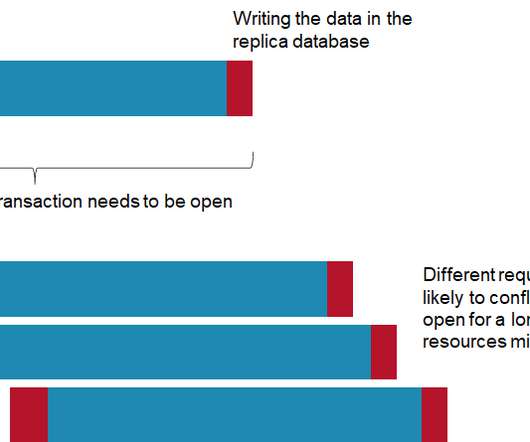Teraco and VMware are Taking a New Approach to Support the Efforts of South Africa’s Cloud Innovators in Their Quest to Achieve Zero Carbon Emissions
CIO
NOVEMBER 1, 2022
Specifically, partners would be required to commit that their data centers achieve zero carbon emissions by 2030, an effort that would require the use of 100% renewable energy. They are also becoming more and more aware that their data center operations are a very large contributor to their overall carbon footprint.















Let's personalize your content